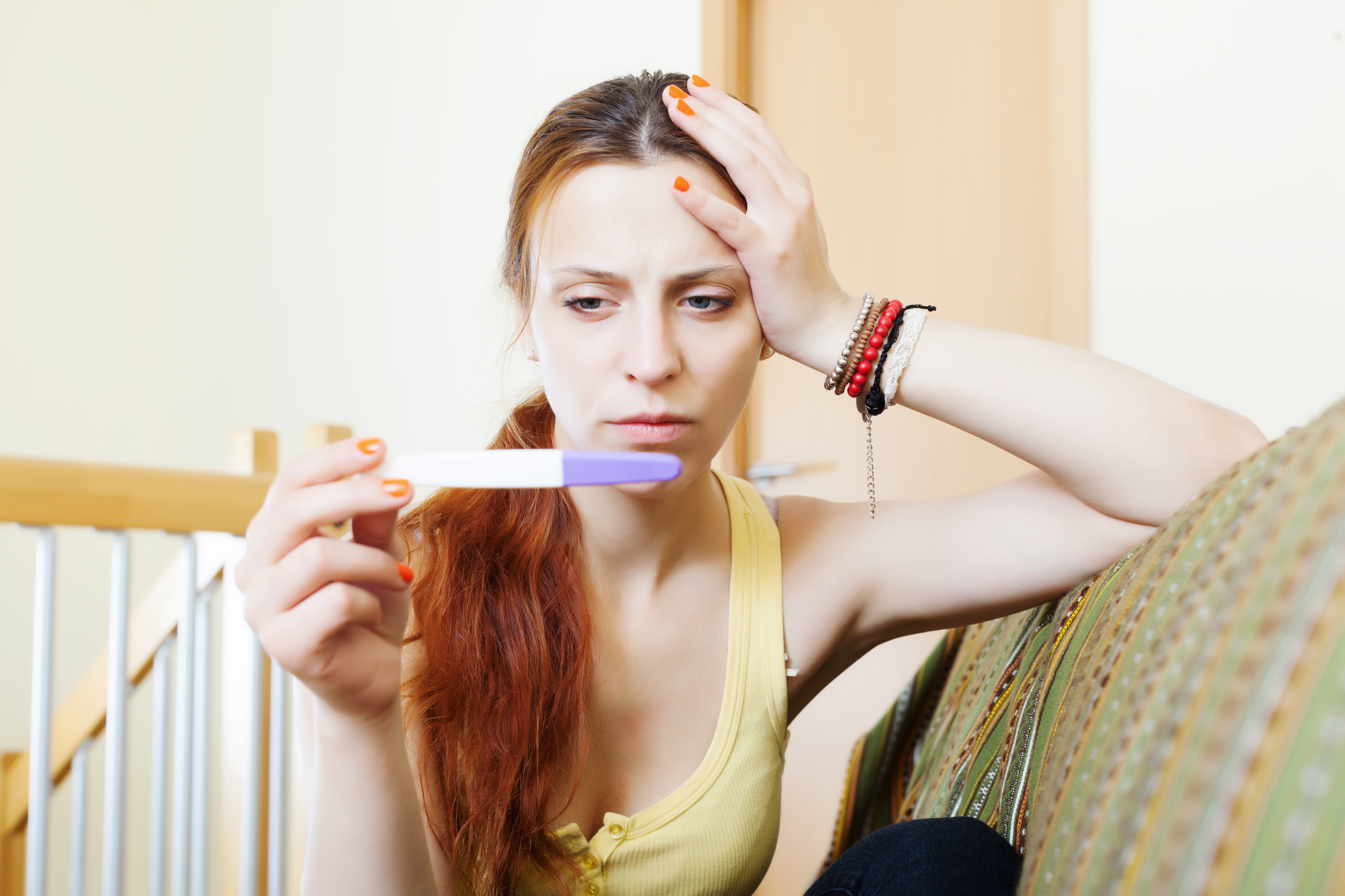When are you least fertile?



Fertility is simply defined as the ability to conceive, get pregnant, and give birth. If a couple has been trying to get pregnant for a year and has had unprotected sex about 3-5 days a week, but hasn't been successful, they may be considered infertile. This can be frustrating, especially with planned parenthood. The couple may need to undergo more tests to find out why they are not fertile.
Male and female testing is performed, such as sperm analysis for the male and an ultrasound for the female. Male infertility is believed to account for 40% of all infertility cases, whereas female infertility accounts for 60%. It is important to also work out your fertile window, the period of which is most likely able to success
A number of factors can affect a woman's ability to conceive. Some include:
Age is one of the most common factors as fertility decreases with age
Hormonal imbalance or reproductive disease such as PCOS
Infections of the reproductive tract, such as recurrent PID or sexually transmitted infections
Congenital or anatomic abnormalities
Lastly, infertility can also be caused by unknown reasons.
After you have ruled out the above risk factors, the next thing you should be following is your menstrual cycle.
The normal cycle average length is 28 days. The typical menstrual cycle has 4 phases in which the uterine lining undergoes different changes. These are:
The menstrual phase A woman's period lasts between 3 and 7 days. When a woman gets menstrual bleeding, the lining of her uterus falls off. This is called the menstrual phase and is caused by progesterone decline.
During this phase, a woman is least fertile because the uterus is not a comfortable environment for implantation.
The follicular phase: The body produces oestrogen hormones during this time to thicken the uterine wall. When the hormone follicle-stimulating hormone (FSH) acts on the ovaries, follicles grow. Multiple follicles will develop, but only one will reach maturity and be ready to be released.
The fertile window is the time in the cycle when you are more likely to conceive and the body prepares for pregnancy.
Ovulation: Your ovaries release well-grown follicles with the help of luteinizing hormone (LH) on the 14th day after your period starts. This increases your chances of getting pregnant. Next, the viable egg moves to the fallopian tube to meet the sperm and be fertilized. During this phase, you are likely to get pregnant.
These are the most fertile days of your cycle, so if you have any sexual intercourse during this time, you are more likely to get pregnant. your basal body temperature will increase and also the cervical mucus will thicken. These can be seen as fertility signs.
You can avoid pregnancy in this phase by abstinence, or you can use different birth control methods in preventing pregnancy. These methods include using birth control pills, intrauterine devices, condoms, tracking ovulation day, calendar method, fertility awareness method, and temperature methods. Though a popular method to do this due to how simple it is the birth control pill which you can get with consultation from a doctor.
The luteal phase begins once the mature egg is released and fertilized by a sperm in the fallopian tubes. The uterine walls get prepared for a fertilized egg to be implanted when it arrives. The progesterone hormone will help the uterus get ready for a possible pregnancy.
In the absence of fertilization, the first day of the period begins, the thick wall of the uterus will be shed and blood is evacuated via the vagina signalling the beginning of the next period. The menstrual cycle thus continues!
It is possible to get pregnant in between the phases. Here are some available female fertility tests to check when you are more fertile. Click Here








Plus get the inside scoop on our latest content and updates in our monthly newsletter.